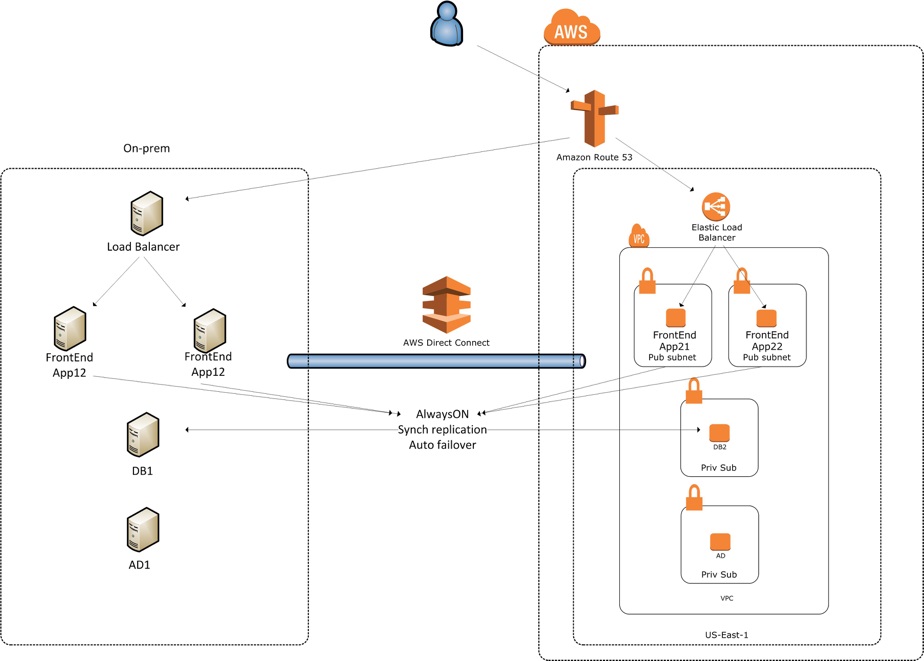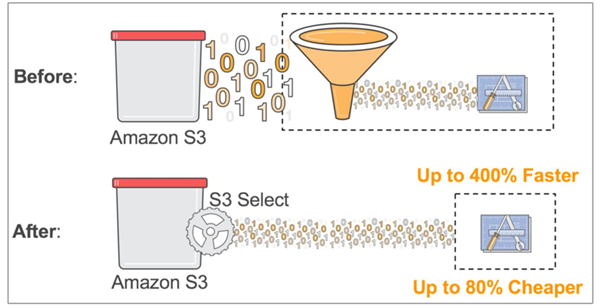AWS Architecture Blog
Category: Database
How to Design Your Serverless Apps for Massive Scale
Serverless is one of the hottest design patterns in the cloud today, allowing you to focus on building and innovating, rather than worrying about the heavy lifting of server and OS operations. In this series of posts, we’ll discuss topics that you should consider when designing your serverless architectures. First, we’ll look at architectural patterns […]
This Is My Architecture: Mobile Cryptocurrency Mining
In North America, approximately 95% of adults over the age of 25 have a bank account. In the developing world, that number is only about 52%. Cryptocurrencies can provide a platform for millions of unbanked people in the world to achieve financial freedom on a more level financial playing field. Electroneum, a cryptocurrency company located […]
Introducing AWS Solutions: Expert architectures on demand
AWS Solutions Architects are on the front line of helping customers succeed using our technologies. Our team members leverage their deep knowledge of AWS technologies to build custom solutions that solve specific problems for clients. But many customers want to solve common technical problems that don’t require custom solutions, or they want a general solution […]
Handling AWS Chargebacks for Enterprise Customers
As AWS product portfolios and feature sets grow, as an enterprise customer, you are likely to migrate your existing workloads and innovate your new products on AWS. To help you keep your cloud charges simple, you can use consolidated billing. This can, however, create complexity for your internal chargebacks, especially if some of your resources […]
How to map out your migration of Oracle PeopleSoft to AWS
Oracle PeopleSoft Enterprise is a widely used enterprise resource planning (ERP) application. Customers run production deployments of various PeopleSoft applications on AWS, including PeopleSoft Human Capital Management (HCM), Financials and Supply Chain Management (FSCM), Interactive Hub (IAH), and Customer Relationship Management (CRM). We published a whitepaper on Best Practices for Running Oracle PeopleSoft on AWS […]
Amazon Aurora MySQL DBA Handbook – Connection Management
Amazon Aurora MySQL (Aurora MySQL) is a managed relational database engine, wire-compatible with MySQL 5.6. Most of the drivers, connectors, and tools that you currently use with MySQL can be used with Aurora MySQL with little or no change. Aurora MySQL database (DB) clusters provide advanced features such as: One primary instance that supports read […]
RDS for Oracle: Extending Outbound Network Access to use SSL/TLS
In December 2016, we launched the Outbound Network Access functionality for Amazon RDS for Oracle, enabling customers to use their RDS for Oracle database instances to communicate with external web endpoints using the utl_http and utl tcp packages, and sending emails through utl_smtp. We extended the functionality by adding the option of using custom DNS […]
Serverless Dynamic Web Pages in AWS: Provisioned with CloudFormation
***This blog is authored by Mike Okner of Monsanto, an AWS customer. It originally appeared on the Monsanto company blog. Minor edits were made to the original post.*** Recently, I was looking to create a status page app to monitor a few important internal services. I wanted this app to be as lightweight, reliable, and […]
Scale Your Web Application — One Step at a Time
I often encounter people experiencing frustration as they attempt to scale their e-commerce or WordPress site—particularly around the cost and complexity related to scaling. When I talk to customers about their scaling plans, they often mention phrases such as horizontal scaling and microservices, but usually people aren’t sure about how to dive in and effectively scale […]
Glenn’s Take on re:Invent 2017 – Part 3
Glenn Gore here, Chief Architect for AWS. I was in Las Vegas last week — with 43K others — for re:Invent 2017. I checked in to the Architecture blog here and here with my take on what was interesting about some of the bigger announcements from a cloud-architecture perspective. In the excitement of so many new services […]









